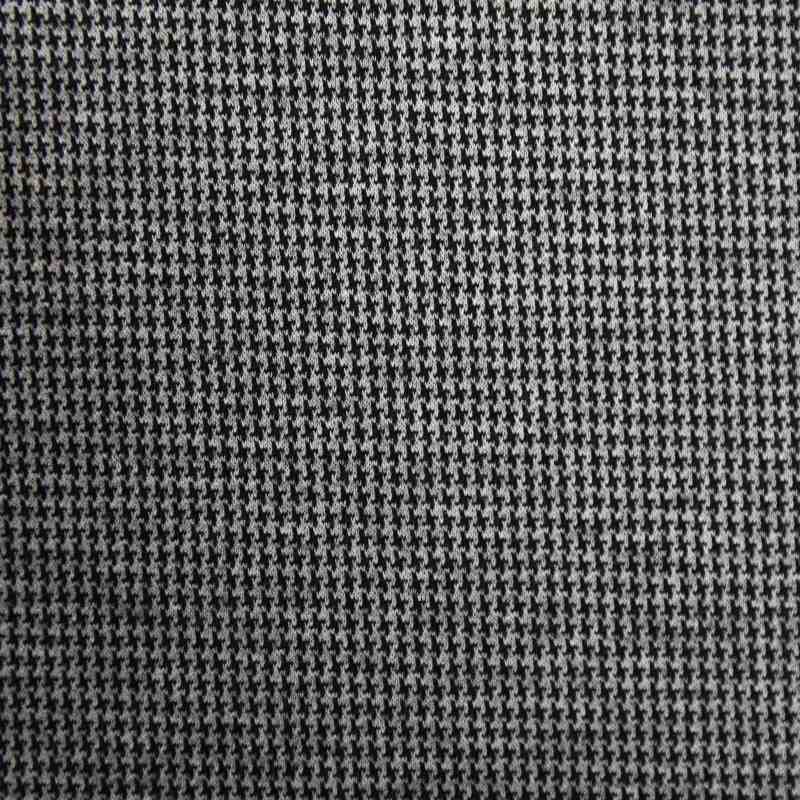 0571-82995618
0571-82995618 [email protected]
[email protected]- Wholesale Blended Fabrics Manufacturers
Digital printing is the crystallization of technology and fashion, digital and trend, and is synonymous with "high and big" in the textile printing industry. Some people say that the current excellence of digital printing can not completely offset the current shortcomings, its use cost in all aspects is too high, the color is not as good as traditional printing. Therefore, as a new technology in the printing process, the cost and effect of digital printing has become a major obstacle to the development of current digital printing.
Cost has always been a thorny problem in various industries, not only in economic benefits, but also in its tedious and difficult accounting. Yuan Kecong, president of Hong Kong DTS, once talked to "Fashion Printing": There are many factors affecting the cost of digital printing, including visible costs such as equipment and nozzles; there are also unforeseen costs such as equipment maintenance, labor, sewage, and pre- and post-processing. In addition, there are also problems such as the size of the pattern, the depth of the pattern color, and the coloring effect of the fabric that directly affect the amount of ink. It can be seen that it is very difficult to accurately calculate the printing cost of digital printing. Therefore, the market now has different opinions on the cost of digital printing.
Commonly used digital printing machines are mostly 4-head machines. From the point of view of printing speed, they are generally around 80㎡/h, while the fastest digital printing machine has a printing speed of 120m²/min, which is far behind traditional printing. In the production of ultra-large-scale, high-volume printing, digital printing is hard to beat. However, from the perspective of the production process cycle, the advantages of digital printing processing can speed up the entire production supply chain to a certain extent. The digital printing production process has got rid of the traditional printing process of color separation, drafting, film making, and screen making in the production process, greatly improving production efficiency, shortening the production cycle of products, and making the production process run faster, The response is more flexible. Faster operating cycle also means higher profit return.
Furthermore, in the high-precision printing process of digital printing, the ink is used by the computer to "inkjet on demand", which will not cause waste of ink and minimize pollution, which is in line with today's green production indicators. Although the price of digital printing ink is quite high, but the "distribution on demand" makes the ink utilization rate as high as 98%, and the amount of waste ink generated is lower, and it also reduces the difficulty and cost of sewage discharge. On the other hand, digital printing requires less labor and space, and only requires a small space for production. Traditional printing may require 3-4 people to be responsible for the production, while digital printing can be controlled by one person throughout the process. The space required is also smaller, because the digital printing machine does not occupy a large area; in the current era of manufacturing upgrading and transformation and high labor value costs, digital printing is undoubtedly a new printing that can better adapt to the current industrialization process of manufacturing. technology.
Merchants should have a rational and objective understanding of the cost of digital printing. Digital printing, with its advantages in environmental protection, exquisite craftsmanship, and advanced technology, will inevitably be a bright spot in the future development trend. The traditional craftsmanship has become a problem that cannot wait to think about because of high pollution and other problems. With the layout of digital printing in the industry, the cost of digital printing will no longer be a life or death problem for enterprises, especially the cost of thermal transfer processing has been greatly improved.
In the next stage, time-saving and labor-saving digital printing machines are used for proofing or small-scale production, and traditional printing machines are used for mass production. In the future, the textile printing industry will be a good partner for "supporting each other" to go far. We can not only make full use of the small-batch, fast-production proofing mode of digital printing technology, but also use the mass production of traditional printing technology to make up for the lack of current digital printing capacity. The two form a complementary relationship, and the high cost can be obtained. Different controls.


Hangzhou Jinfeng Textile Co., Ltd